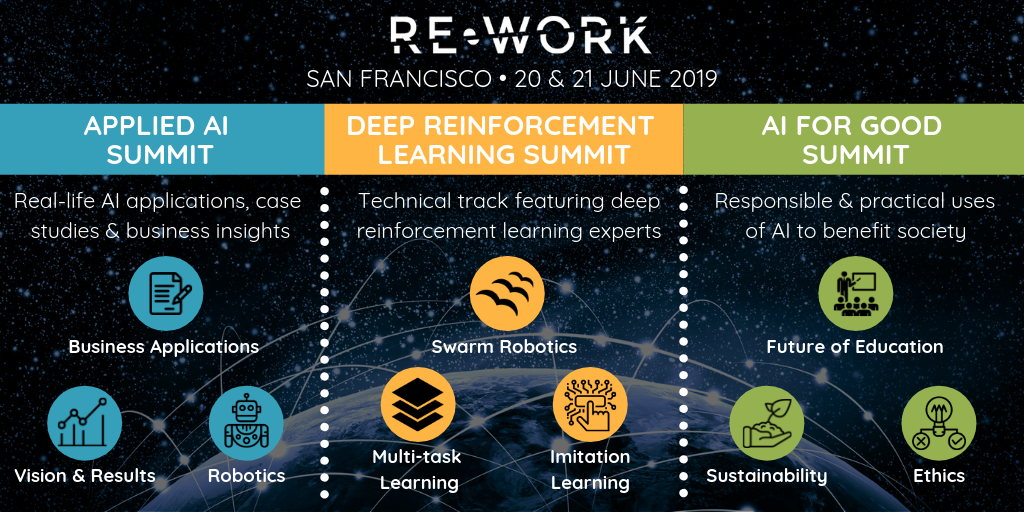IT operations management or ITOM involves technology infrastructure components and individual application requirements. In other words, ITOM is the structure that IT departments are built on but is in need of constant maintenance to keep everything stable. As the company changes, so does the focus of that company's IT department and, therefore, the components of their groundwork.
To keep moving forward as fast as possible, these IT departments have wrangled artificial intelligence into their midst to work with them on these changes. With the power of AI backing them, companies can push for faster development and be the first to break through unforeseen barriers. AI is already helping to change how companies behave, so pushing them into IT is almost a given these days.
AI and IT
AIOps, meaning AI for IT operations, combines algorithmic and human intelligence to provide a better view of IT systems in a business. The AI can then take the information and data it gathers from this information and change the IT landscape however it deems fitting. This gives humans less tedious work to do and allows companies more free time to develop whatever they want.
The implementation of AIOps works the same way any other automation would in another company. The computer does menial labor while humans are reserved for more high-value and unpredictable activities. Naturally, implementing AIOps saves time, money, and resources.
Incident Management Processes
IT operations management oversees three distinct fields or phases. The first phase is to monitor and detect occurrences in system behavior to ensure that operations stay as smooth as possible. The second is to make sense of data, as collecting and understanding data are two different but still difficult actions. The third is trial and error remediation once a problem presents itself.
AI makes all of these phases seamless and gives them better power than they ever had before. By taking out the human component and manual operation, the AI is able to do the job faster and more efficiently.
Monitoring Anomalies
The first phase is all about keeping a lookout for any potential problems. This is a constant vigilance that needs to be upheld since the landscape for IT operations is constantly changing to meet the change of a company's demands. AI implements smarter detection by leaving scores on problems so that human employees can choose what to deal with.
This process works because the AI is taught beforehand to only receive specific data signals from other devices. Once the AI recognizes something it's unfamiliar with, it can assess a threat level before reaching out to its human counterparts. The human employees can then go in and manage the situation, thus teaching the AI even more information. Before long, the AI can do nearly everything on its own.
Understanding Data
Going off of the learning techniques shown in phase one, the second phase offers more of the same except with the AI teaching itself. Understanding the data it collects and stores can allow AI room to manage itself without ever having human interference. Whenever there is a problem that needs human intervention, the AI can offer recommendations on how to handle the problem in case the person in charge misses something.
To deal with whatever the data is about means to understand what tools the AI has at its disposal. One of the most important parts of an AI is resource allocation and utilization, allowing multiple problems to be tackled at once. Multi-tasking on this level means fewer problems to deal with and more time for the human portion of the company to work on more important things, like progress.
Trial and Error
Again, going back to how AI can learn its own problem-solving skills in phase two, phase three is about building upon those skills and putting them in action. Manual trial and error become things of the past once the AI recognizes threats and is able to replicate fixes for them, even if the last time a similar problem occurred was years before. The AI doesn't forget patterns which is why it's so useful.
Eventually, the AI can become entirely self-sufficient, even when it encounters problems that had never existed before. By going off of what it has already learned, the AI can adapt to the situation and fix whatever the problem is usually without human involvement. This is how AIOps ultimately becomes the future of IT operations.
AI Makes IT Better
In actuality, AI doesn't just make IT better. The beauty of AI is that it streamlines everything to be more efficient, making better decisions than most humans could ever hope to recreate. Of course, sometimes the old ways are better but that's not true in this case.
AI working with data and building up the IT divisions can only help so long as those in charge know exactly what they're doing. So if saving time, money and resources sounds like a good idea, then implementing AI might be an interesting idea.

